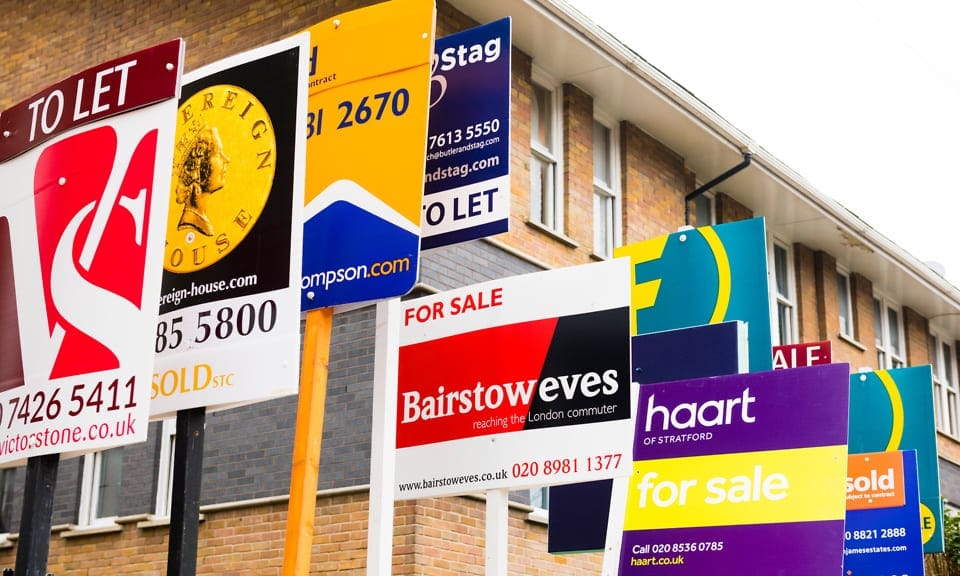-
UK property sales were recorded at a 16-year high.
-
Average UK house prices have increased by 8.6%.
-
Statistics evidence how the stamp duty holiday turbocharged the market.
About 180,690 transactions took place during March, according to official figures from HMRC. This was twice the number seen in March 2020 and the highest and the highest number recorded since HMRC began publishing the data in 2005.
Data from the Office for National Statistics (ONS) confirmed that the market frenzy has driven up house prices. ONS data showed the average home in the UK to be priced at £250,000 in February, a £20,000 rise on the same month of last year.
The average house price in the UK increased at an annual growth rate of 8.6% (until February). This is the steepest increase in the property market since October 2014.
Why Have House Prices Risen?
This increase comes at a time when many feared for the sake of the property market. Coronavirus lockdowns around the country caused limited viewings, closed agency doors, and forced lenders and solicitors to work from home. Despite the market freeze, the figures evidence the tremendous bounce back. As everyone held their breath, the stamp duty holiday flew in to support the market.
In March, buyers and sellers were in a rush to complete deals before the end of the stamp duty holiday. In England and Northern Ireland, the tax threshold temporarily increased to £500,000, giving buyers savings of up to £15,000. In Wales and Scotland, the bracket went up to £250,000.
Buyers shot at the opportunity to complete deals before the deadline, as reflected in the sales figures.
The pandemic also prompted a reconsideration about what people want from their homes for many Britons. As operating from home became the norm, many found themselves in properties that did not suit their work lives. Buyers who began searching for larger homes and gardens have helped drive the market and raise average house prices.
Stats & Figures
HMRC’s figures note that transactions jumped by 49.6% over March. 399,060 sales were made in the first quarter of the year, making it the busiest quarter since spring 2006.
The ONS figures placed the average price of a home in the UK at £250,000 in February, increasing £20,000 on the same month of last year.
- In England, the average price rose by 8.7% over the year to £268,000.
- Wales saw an 8.4% increase to £180,000.
- In Scotland, prices gained by 8% to £162,000.
- In Northern Ireland by 5.3% to £148,000.
The north-west of England recorded the highest annual growth with an 11.9% rise, closely followed by the East Midlands and Yorkshire and the Humber. London marked the lowest development in England, at an increase of 4.6%.
ONS reported a 9.1% growth in the average price of detached homes. Flats and maisonettes rose by 6.7% over the same time.
What’s Next For The Property Market?
The property data collected is evidence of how the stamp duty holiday turbocharged the market. Although the tax holiday has ended, the government-backed 95% mortgage scheme launched on Monday and could help more first-time buyers get on the property ladder.
As lockdown restrictions relax and more homes go on the market, some property experts believe that expanded choice and growing consumer confidence could prompt a second surge.
